Nir Levie reached out to me about doing an interview, and I’m very happy I did because I probably wouldn’t have discovered his Mycelium Seep comics on my own. The graphic novels were released through a small publisher where they didn’t get the attention they deserve. I hope that changes, though, because the trilogy of graphic novels is a wonderful, unique, immersive combination of art and story. It uses surrealist fantasy to tell a story about movement and change, featuring two sides of a transgender character navigating through a world like ours and one nothing like it.
I learned a lot through my interview with Nir Levie about his vision for the comics, what draws him to surrealist storytelling, and what he wants readers to take from Mycelium Seep.
Why did you choose to tell a story about transgender identity through surrealist fantasy?
I’m an architect, and have always been fascinated by architecture and urban planning. I explored issues of urban planning in my previous graphic novel Outskirts of Vision. Before working on this book, I decided to write about an issue that affects the way everyone in western civilization lives – Transportation. After writing the core of the arc I realized that on a deeper level, the story deals with a particular type of movement of organisms from point A to Point B.
Mycelium Seep is about movement – Both the physical kind, and the conceptual. One of the types of movement is that of the movement between genders, yet that is not the main focus. Yes, the protagonist is transgender, but it isn’t the main focus of the story. I think that the next step in the acceptance of transgender individuals in general culture is their integration in lead roles in all stories, not just stories about LGBT issues. I’m still waiting to see a blockbuster movie with a transgender protagonist, or a gay character. As for the genre of the story, this was a more natural choice for me. I have drawn imaginary landscapes for years, and over time they became more and more organic. I knew I wanted to integrate another world into my story, and thinking about movement, I imagined a world that works more like an ant colony – A single being that is made up of multiple individuals. This other world wouldn’t need movement as we need it, because the individuals are connected to each other so that each member of the group experiences what all others do. I used this world as an antithesis of our world, and maybe even the future of our world.
The surrealist nature of the story leaves the reader guessing about what’s going on. Is that a representation of the swirling thoughts and emotions felt by the main characters?
I was always drawn to magical realism. Growing up I was fascinated by David Lynch’s movies. I saw Mulholland Drive and couldn’t believe you could do what [David Lynch] does with movies. I realized later that what I love about his art is the questions he raises. I’m not interested in the answers, I’m just fascinated by the questions. This is the type of direction I went in with Mycelium Seep. Questioning makes the reader active and invested in the story.
That being said, the answers to what’s actually going on do exist, they arose as part of the process of writing. This was done in order to make the story communicative, while not spoonfeeding the audience, and allowing space for the reader’s own investigation. The outcome is a mixture between abstract thoughts and questions, with a structured core.
The art has a very handcrafted vibe, especially with the hand drawn lettering. How does that style serve the story being told?
I’m used drawing up floor plans for buildings. That process is constrained with strict rules – financial, physical, and bureaucratic. Drawing a freehand line is an escape for me. The concept of movement is portrayed in the amorphous structures, and the dynamic lines.
What was your process for designing the alien world?
As I mentioned, I started with the landscapes, wanting to “break the rules”. That meant drawing directly with ink on paper and not sketching beforehand, not using perspective lines, drawing “automatically”. I recorded my dreams in a journal and drew inspiration from them. I studied structures in nature – corals, beehives, microorganisms, mushroom mycelia. I wanted the world to be constructed in an organic manner, a “bottom up” world, and not “top down” one, in which the microorganism dictates the macro structure.
As for the “aliens” – I imagined how years of evolution might affect humans living in such an environment. They might develop extremely strong legs in order to move from place to place, for instance. About their faces – A species of fish called “Flatfish” caught my attention. This fish appears to be in “mid evolution” state, as it were. Researchers think that evolutionary processes led this fish to swim sideways which slowly produced an odd specimen; Its lower eye “wandered” to the upper side of the fish, in a Darwinian manner. As I was thinking about these humans that are all connected to each other, and constantly running, I imagined how their world could favor a change in the orientation of their faces in the same way.
Was it difficult to trust someone else to translate such a surreal and personal story?
I wrote the story in Hebrew and trusted Dekel Oved with the English translation. Dekel is my partner so he was involved in the story from the beginning. It was obvious that he would translate it.
What do the pages of text accomplish that can’t be achieved through sequential art?
The pages of text are meant to pace the reading experience. When each chapter ends, I wanted a pause before the next one starts. The language is a cipher in which to encode the dreams I was having while writing the book. I wanted to find a place for those dreams which were, at times, hard to translate to images.
Why was it important to include the more horrific elements, such as the scene with Laura in the bathroom?
That scene is a tribute to Goya. His black paintings are a big part of my inspiration. The idea was to portray the shock of absorbing an enormous amount of information rapidly.
The protagonist breaks into two (if that’s the right way to put it) once Khalek touches the diseased roots in the alien world. Why did you choose to define the roots as “diseased” when it’s what helps Laura discover her true identity?
What we define as a disease is life from another perspective. In his world, Khalek’s people rely on the roots as a food source. Anytime sudden change occurs, people regard it as foreign and thus menacing. The thing that Khalek touches is taken by them to be a disease but eventually turns out to be a being that “heals” them and allows them to interact with the outside world.
You mentioned that you created Mycelium Seep because there aren’t a lot of stories about transgender identity. Are there any existing pieces of fiction featuring transgender characters that have meant a lot to you?
Mycelium Seep is not about transgenders as a subject. The protagonist happens to be transgender, just like some people in reality are. It’s part of the story but not the main subject. I liked the series Transparent, and I think it was very important. But I think that we have a long way to go before we see a transgender protagonist fighting aliens in a Marvel movie. But creators such as the Wachowskis are trying to change that.
What do you hope a person questioning their identity gets out of reading Mycelium Seep?
I think every person should be comfortable in their identity, no matter what it is. Problems in the world occur when people don’t understand each other. By creating a dialogue of inclusion, ignorant ideas can be eradicated.
Follow Nir Levie on Twitter @nirlevie, on Instagram, and through his website. Most importantly, check out Mycelium Seep on ComiXology.
Matt Chats is an interview series featuring discussions with a creator or player in comics, diving deep into industry, process, and creative topics. Find its author, Matt O’Keefe, on Twitter and Tumblr. Email him with questions, comments, complaints, or whatever else is on your mind at [email protected].


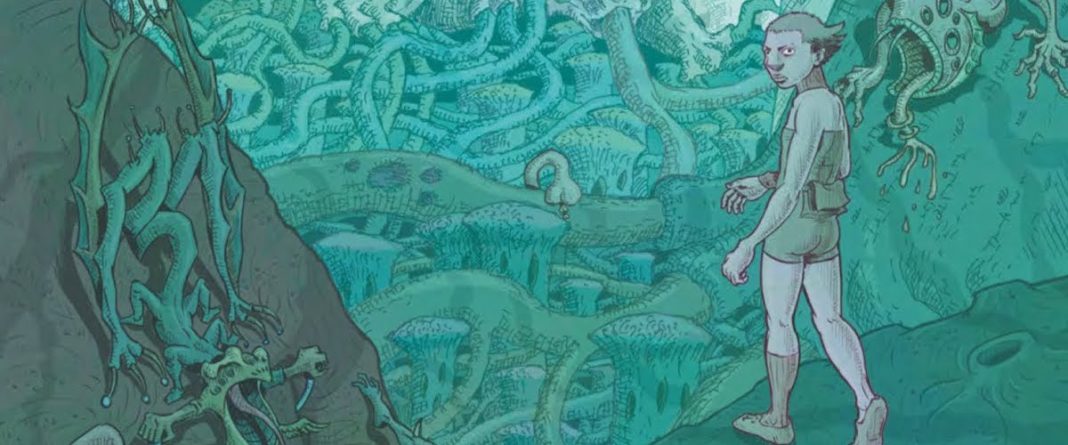
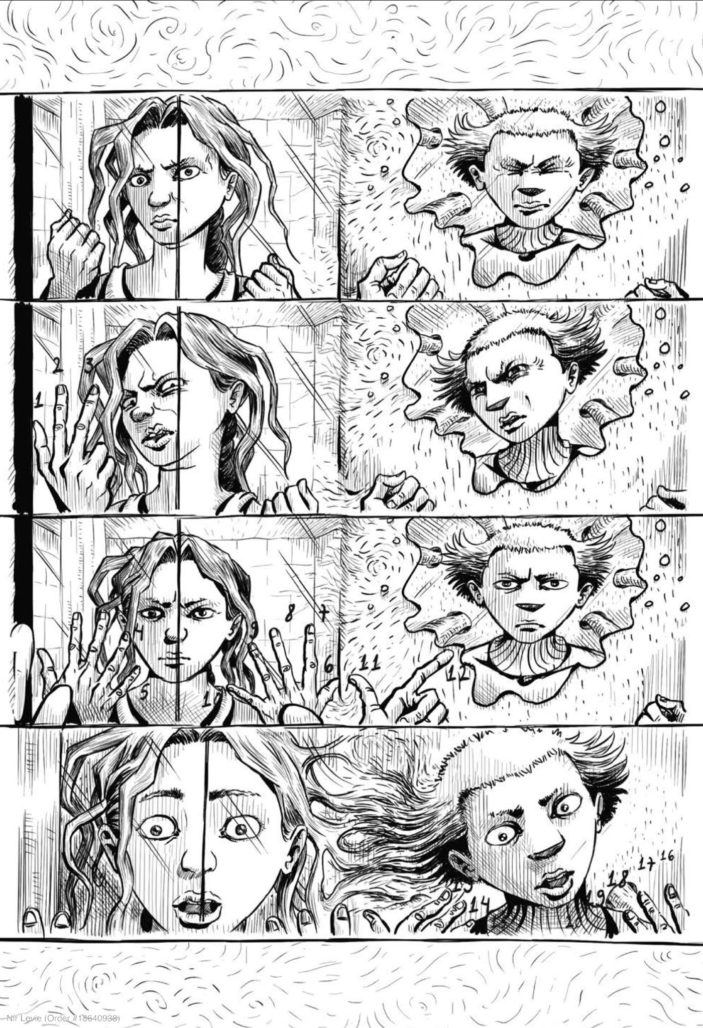
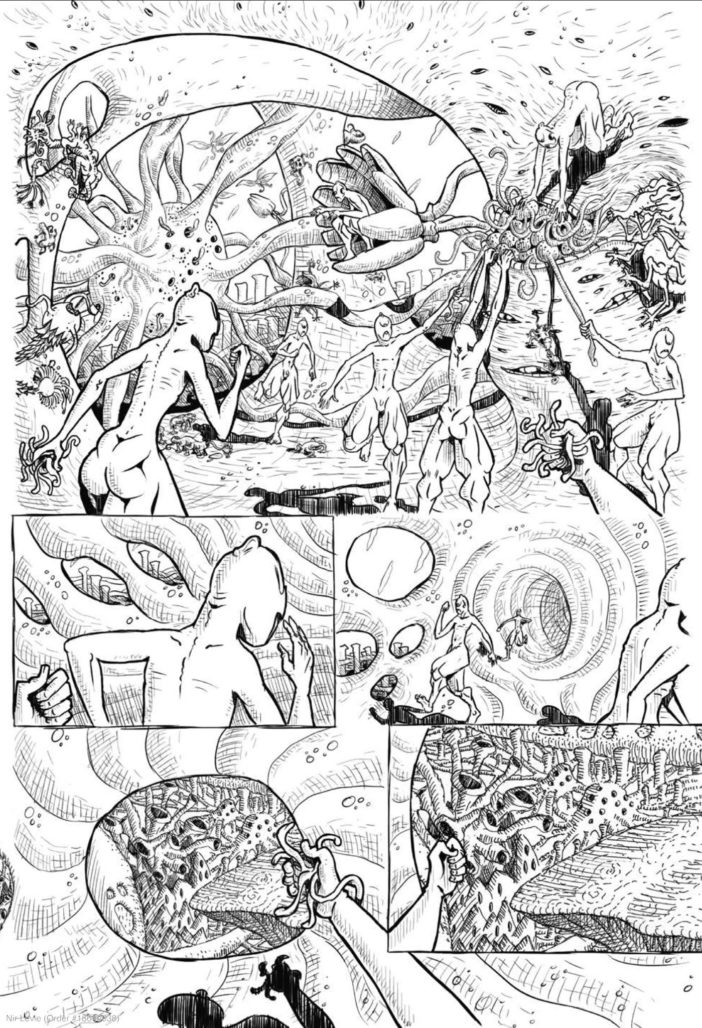
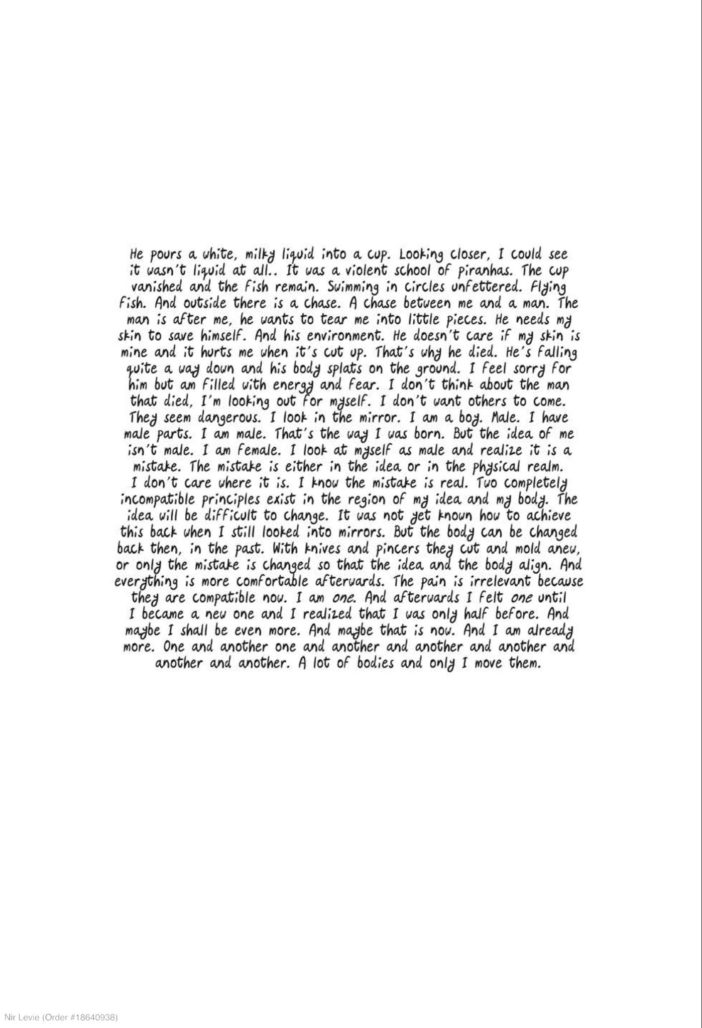
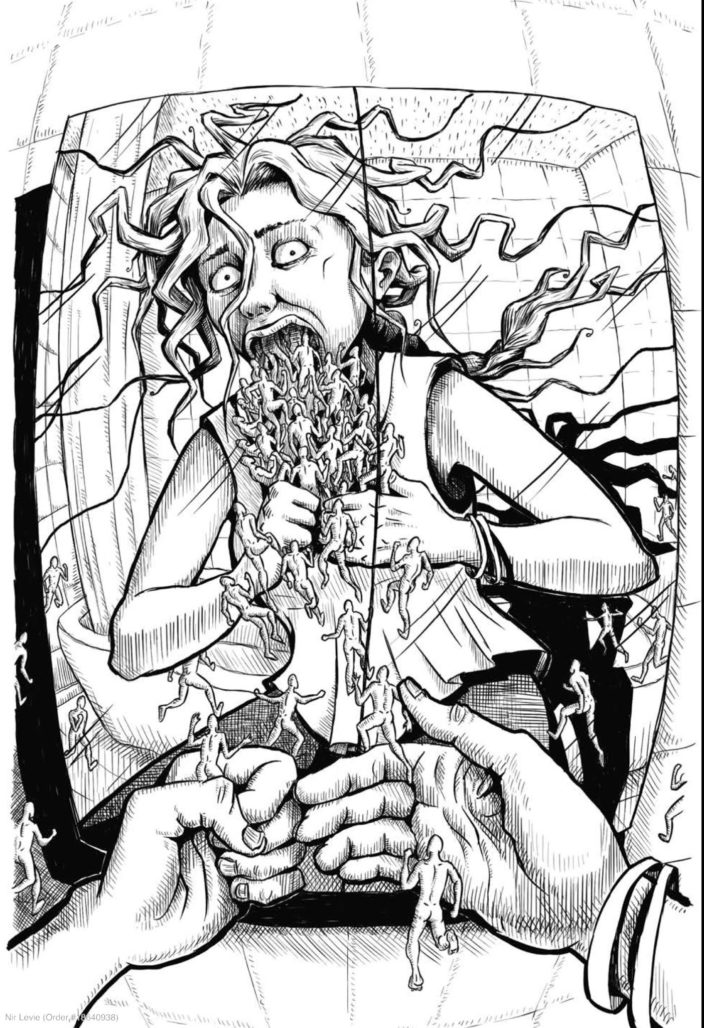
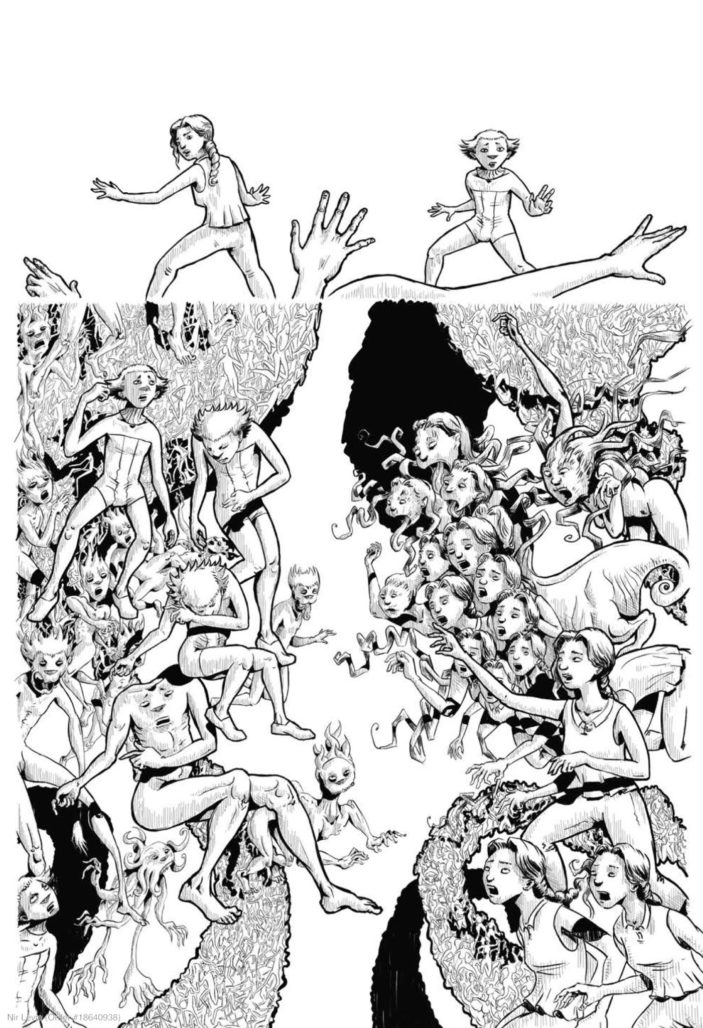
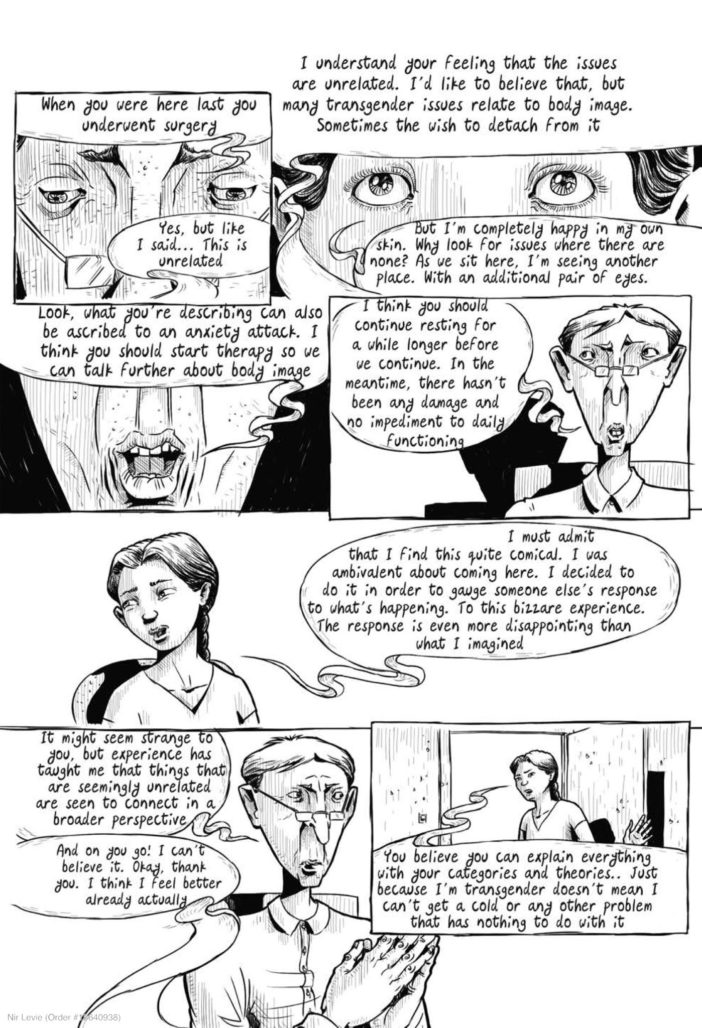
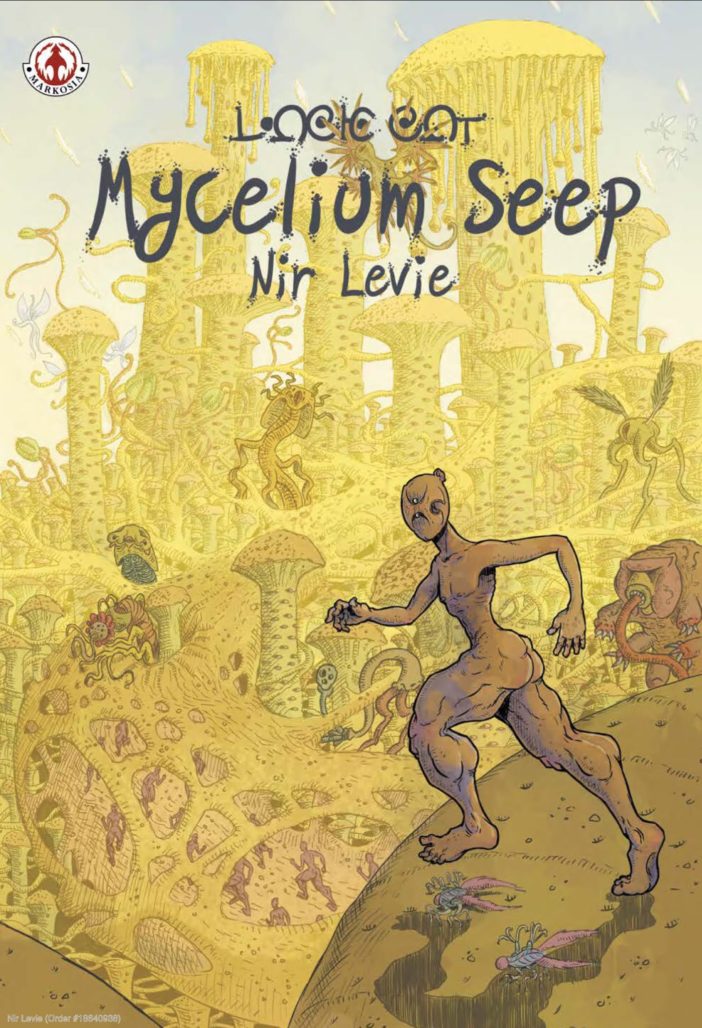
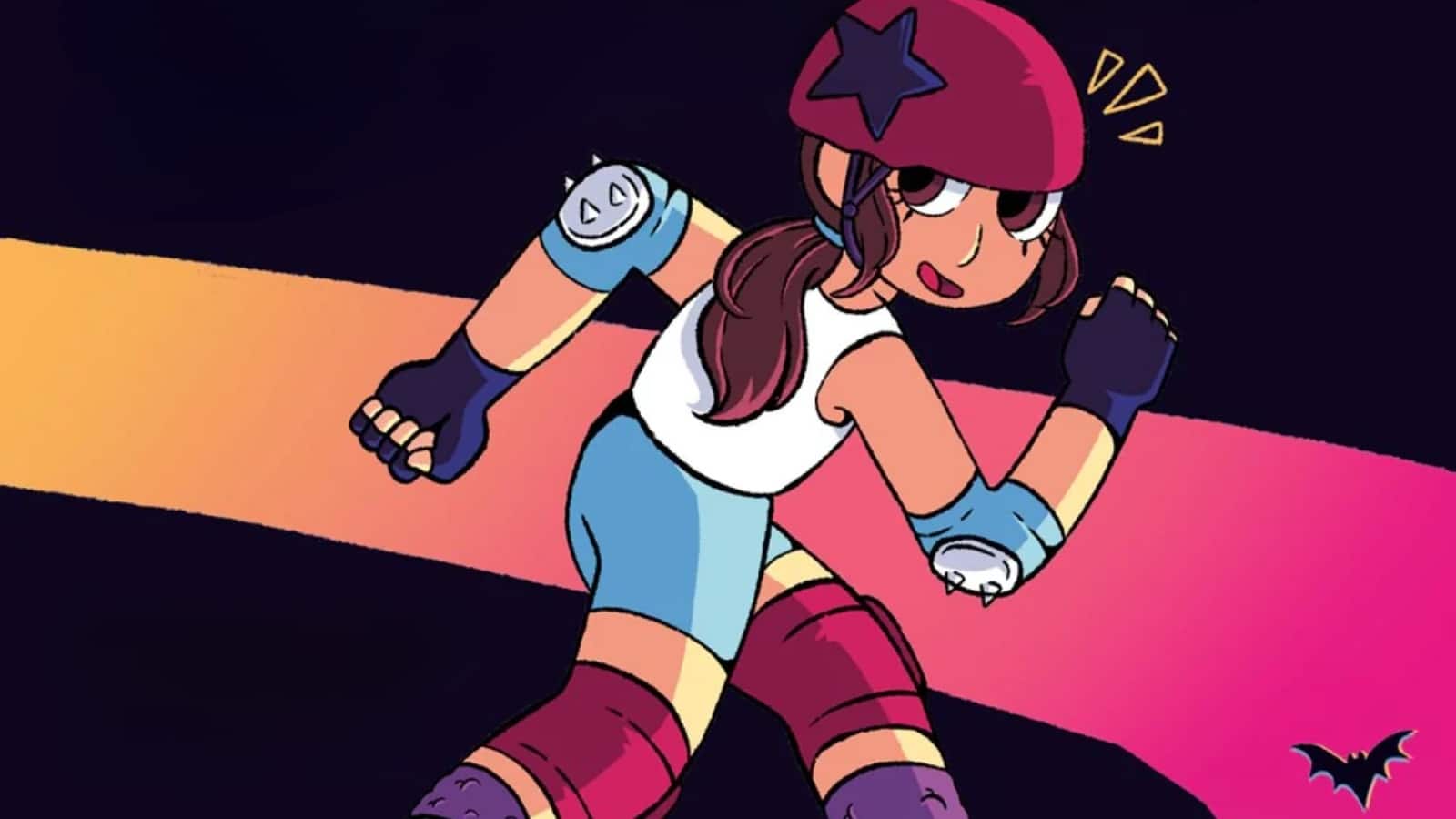


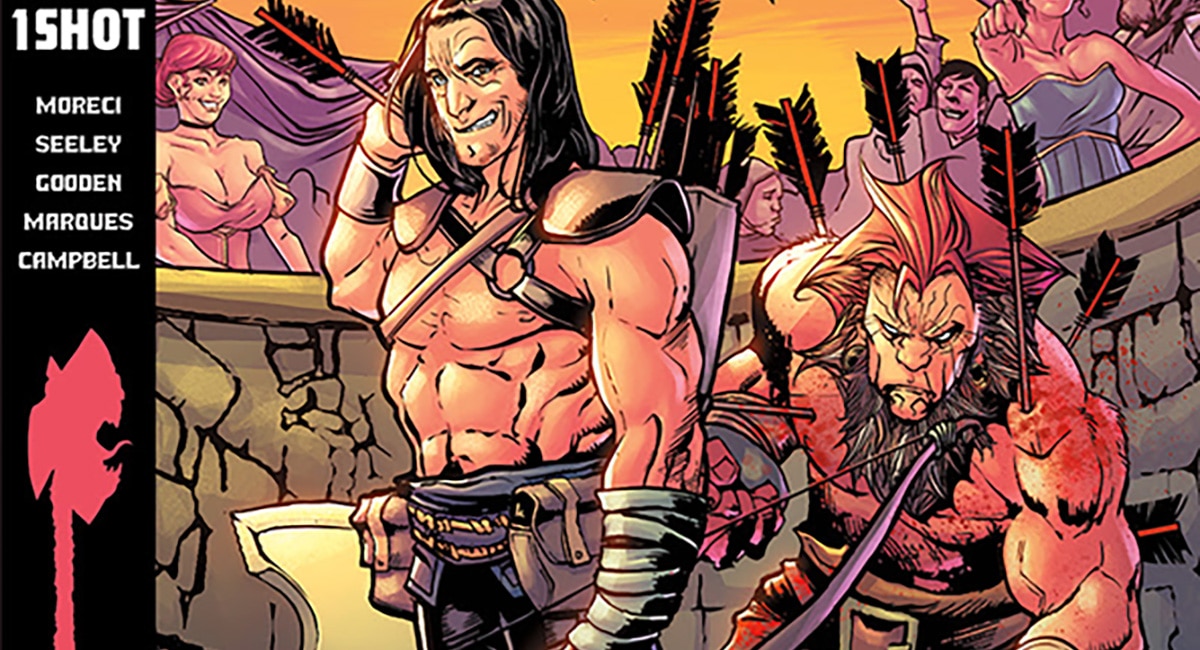

Comments are closed.